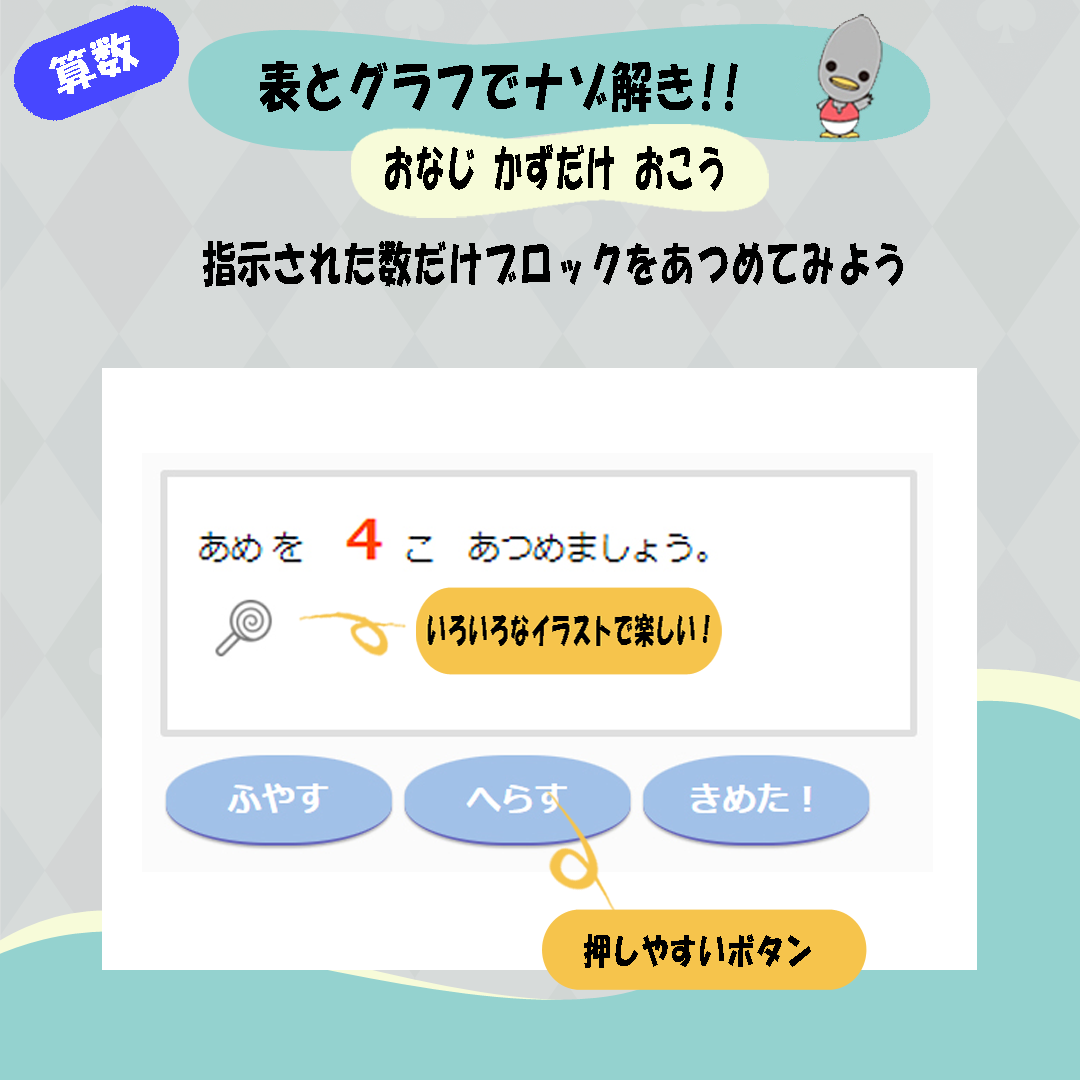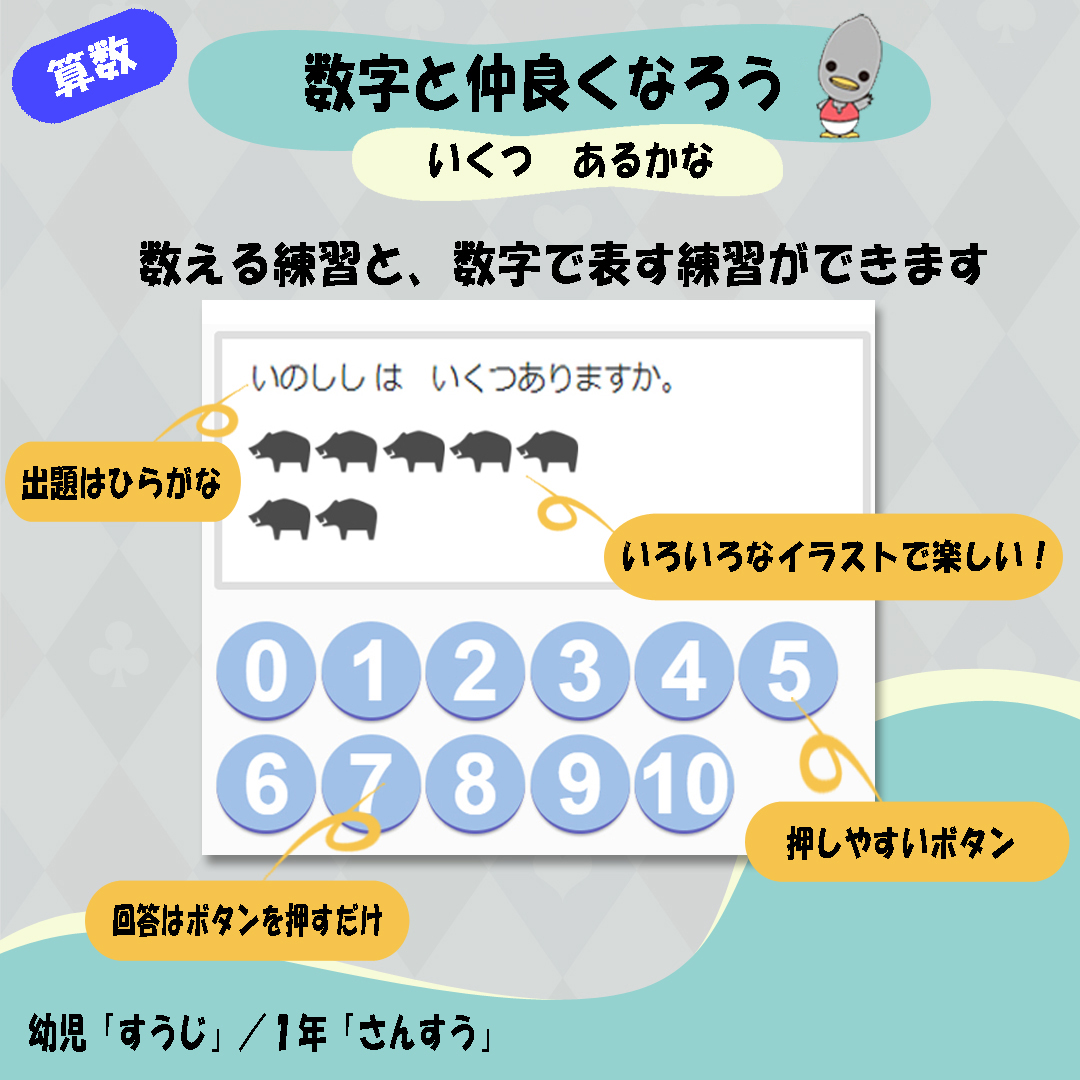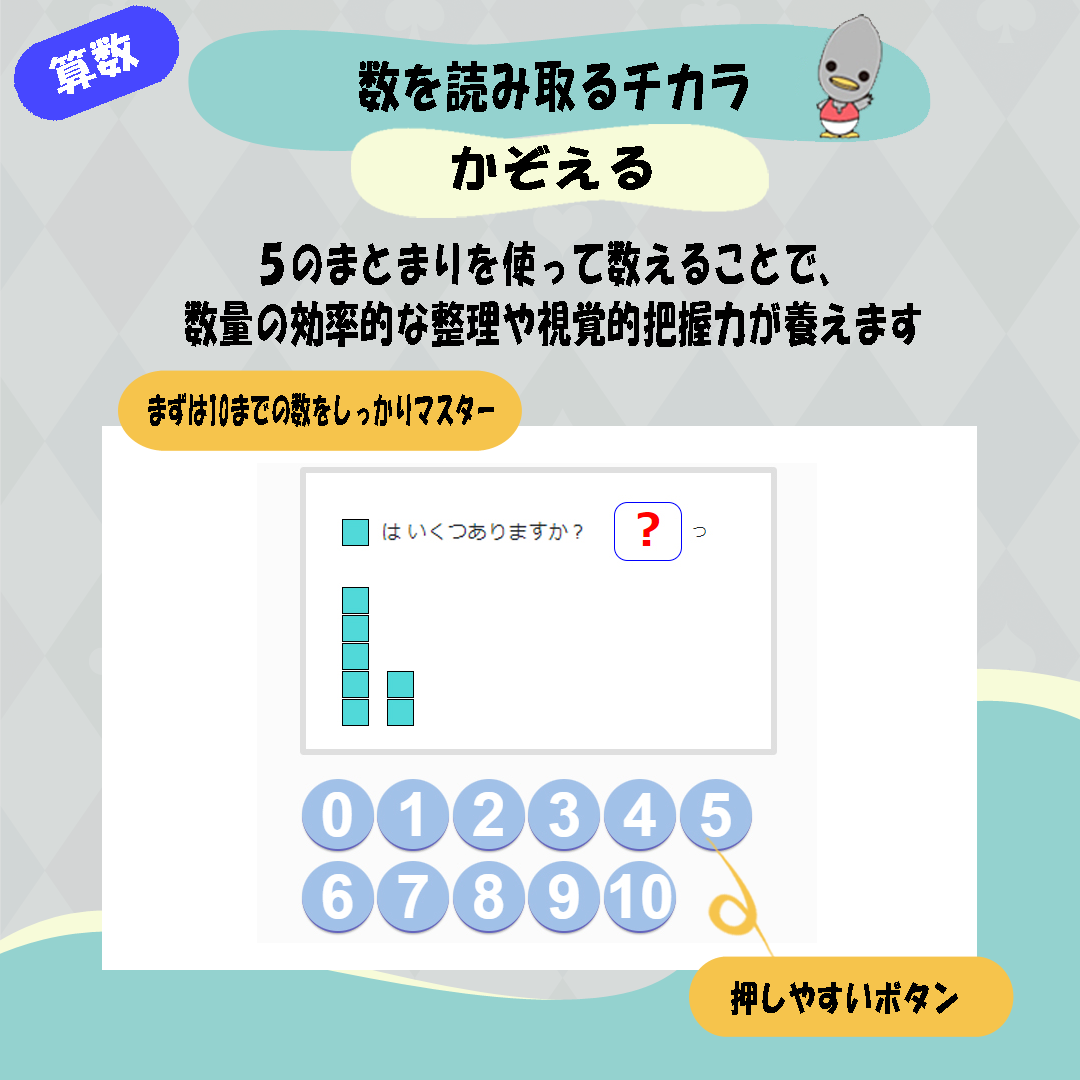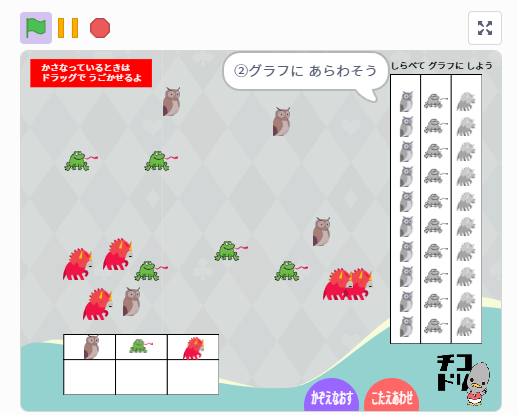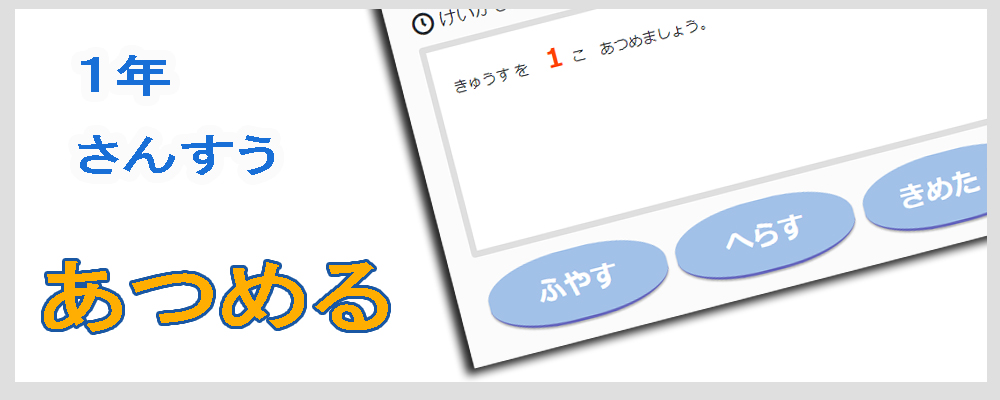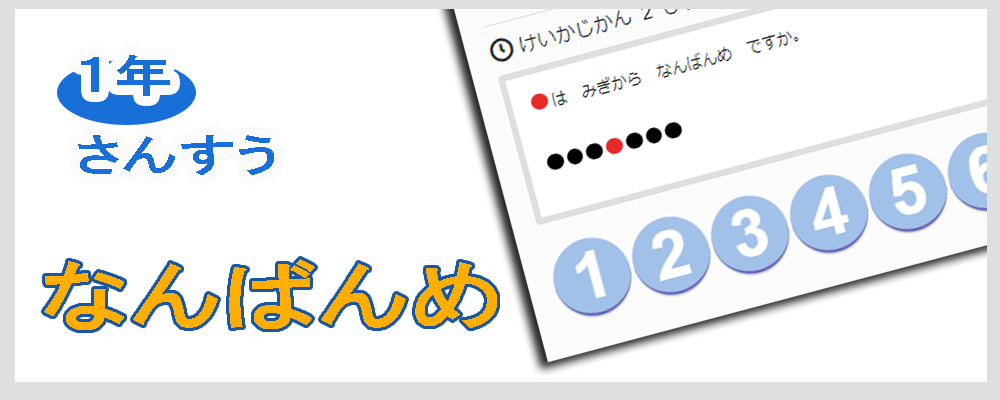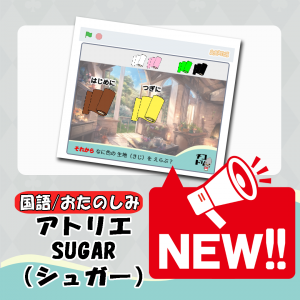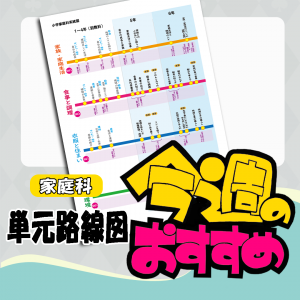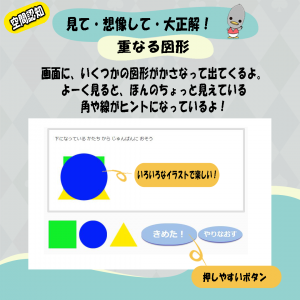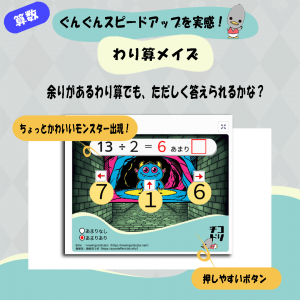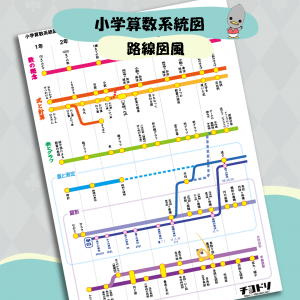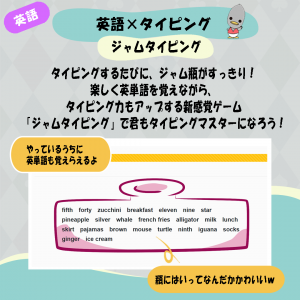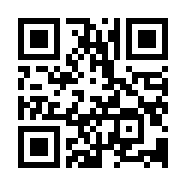Collect, compare, and comprehend! (Tables and Graphs for lower grades)
Tables and graphs are very important for ~mysteries~.
In our daily life, there are many questions such as “How many?” “Which one is the biggest?” ” Which is the biggest?” “There are many hidden Mysteries of numbers” in our daily life at!
For example…
- What is the most common umbrella color?
- Which animal is the most popular at the zoo?
- How many bells did you hear?
In such cases, “tables” and “picture graphs” are useful!
They summarize the number of information gathered by everyone in an easy-to-understand manner.
On this page,
-Count the number
-Gather the same number
-More? Too many or too few? Compare
-Representing numbers with pictures
… Here is a fun game that allows you to practice this kind of practice!
If you make the numbers “visible” instead of “just numbers,” you can understand them better, just like solving a riddle.
Now, you can become a master at solving number mysteries!
Let’s collect them in equal numbers.
What’s this subject? “Put down three bells!”
What? Did I really place three bells? Let’s count them properly!
In this game, it is important to place the same number of bells!
Which button should I push? Are the numbers right?
You can think by yourself!
-Ideal for the instructional goals of “organizing and expressing the number of objects” and “capturing the characteristics of quantity
-Activities to express numbers while being conscious of their own size will also foster an awareness of “discarding the size”.
How Many are these?
Many animals and fruits will appear in the picture.
Let’s count them!
How many dogs? How many apples?
Look carefully and see if you can answer without making mistakes.
-Observation and reading of quantities are the main focus.
-Cultivate the ability to observe and grasp before graphing
More or Less
Which is more lemon over here or chestnut over there?
Can you tell right away? Let’s count and compare!
When you get good at comparing “more” and “less,”
you will be able to easily read the graphs you will study later!
-Cultivate the ability to “compare quantities” and “grasp the characteristics of numbers
-Cultivate the ability to make judgments somewhat similar to reading a picture graph.
count
The blocks are lined up.
There are five blocks and… and… and…?”
How many are there in total, including the rest?
If you think in clusters of five, the numbers become easier to read!
-Develops a perspective on numbers as a group
-To develop a way of organizing numbers and a sense of “discarding the size of numbers
Tables and Graphs
It’s fun to organize information in a “picture chart” that you can see!
-Students naturally learn one-to-one correspondence and number comparisons, and smoothly transition to tables.
-The focus is on “quantity observation” and “reading.
-Cultivate the ability to observe and comprehend before graphing.
When playing these games,
- Counting numbers
- Comparing numbers
- Aligning numbers to the same number
- Summarizing numbers in a “table” or “picture graph”
… can be done in a fun way in a game!
The game will make you think, “Numbers are fun! You can make your feeling of “Numbers are fun!” grow even bigger at!
Now, you too can become an expert in solving number puzzles with the Chikodori game!
Dear Parents and Teachers
The objective of this unit is to develop the ability to read and organize the number of objects.
Each of the games available on Chikodori are designed to allow children to experience activities such as “counting,” “comparing,” and “placing the same number of things” in a fun way while actually operating the games.
In particular, “the ability to visually perceive numbers” and “the ability to translate quantities into words and pictures” are the foundation for data application and graphing studies that are about to begin.
In addition, basic games such as “How many are there?” and “How many are the same?” are designed not only to count numbers, but also to naturally nurture the arithmetic viewpoints and ideas of classification and comparison.
We hope that you will use these games as an introduction to classes, as a supplement to classes, and as a learning support at home!

